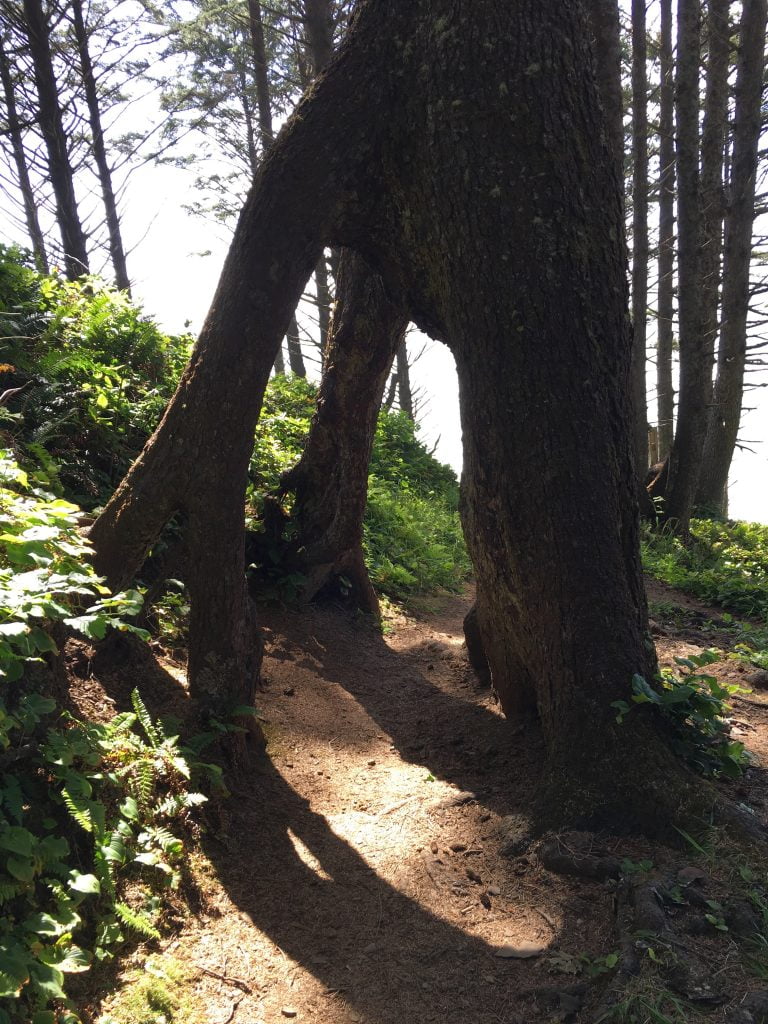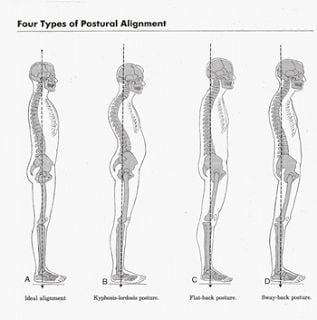My past few weeks have been full of ecstatic connection: After teaching the dance of Contact Improvisation at Breitenbush Hot Springs during their ‘Ecstatic Reopening,’ with DJ Baron Von Spirit, I continued on to the Solar Living Center in Hopland, CA to teach ‘Cultivating Physical Freedom’ at the Building Resilient Communities Permaculture Convergence .
My dictionary defines the word ‘ecstatic’ in the following two ways:
1 feeling or expressing overwhelming happiness or joyful excitement: ecstatic fans filled the stadium.
2 involving an experience of mystic self-transcendence: an ecstatic vision.
So how do we find overwhelming happiness and self-transcendence? My favorite answer is to connect with myself in my body. It is my home for this lifetime. I believe motion and emotion are always in relationship with each other, the body being the most effective gateway we have to overwhelming happiness or mystic self-transcendence. Meanwhile, minds and bodies are so easily uncomfortable: To connect with my body is to discover both that I am not in control of my experience and that I participate in shaping my reality. Ironically, we cannot be free in our bodies if we are always trying to bind them through control. Feelings of freedom, happiness, and transcendence are often available, and the pathway to get there is about connection, not control.
Contact Improvisation and Permaculture share connection as their essential teaching. Contact improvisation is literally the dance of meeting at our edges—a dance in which we explore physical connection with each other. Permaculture suggests that generative connection is the nature of nature: We are living systems, made up of living systems, and participating in living systems. We are nature: In lieu of controlling resources, we can respectfully collaborate with the living being of our natural world. In lieu of controlling our bodies, we can discover them as our natural home—the first place we respect and collaborate with nature’s intelligence. As living systems we interact at our edges. We communicate with each other and with our live earth by moving our bodies.
That said, Contact Improvisation and Permaculture aren’t necessarily for everyone. I come to Contact Improvisation through the unusual privilege of a professional dance career and a graduate degree. Yet, my permaculture practice—my generative gift—is to translate these experiences so that you can connect with your natural body at home in your living room. I am driven to help you find the ecstatic connection to your body that I consider our birthright. I believe you can find it whether your body hurts, whether you barely notice it, or whether you’re an elite athlete. I think you can develop an ecstatic connection with your body in 15 minutes a day in your living room.
Physical Freedom Method is the online class I am creating to help you connect with your body’s innate wisdom. It will launch very soon. Click here to begin for free, and to secure a discount on the full membership experience. Invite your friends and share your experiences with each other. If you’re in Boise, stay tuned to the calendar for upcoming dance dates and workshops! I’ll be bringing Contact Improvisation to Boise beginning November 19th!






